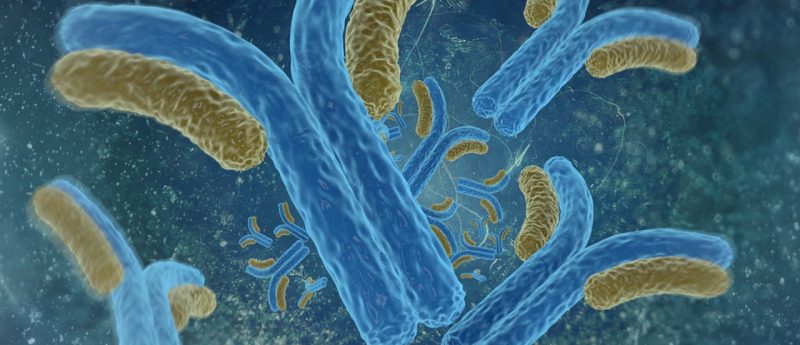New peanut allergy test may allow better monitoring of sufferers

Chemists at the University of Connecticut (UConn; CT, USA) are developing an advanced peanut allergy test that, based on their initial results, is more sensitive than currently available techniques. The new technique is capable of indicating the potential intensity of a patient’s allergic response.
Current peanut allergy tests have poor reliability in diagnosing the severity of allergic reactions, which can range from minor reactions to life-threatening anaphylactic shock. In the USA, around three million people are allergic to peanuts and tree nuts. A more precise and reliable allergy test therefore has the potential to prevent hospitalizations and could allow for improved monitoring of peanut allergy sufferers.
When an allergy sufferer consumes peanuts, their immune system releases immunoglobulin E antibody proteins. These proteins fight off allergen molecules by binding to them, and flushing them from the body. However, the release of antibodies causes the body to produce histamine, which can generate allergy symptoms such as itchy skin or coughing. As more antibodies are released more histamine is generated, leading to a proportional allergic response.
James Rusling, a professor at UConn, explained: “A patient who has a serious allergy and gets exposed to an allergen protein will form antibodies in their body that should stay there for a while. Our theory is that the level of those antibodies can be used to predict how severe a patient’s allergy is at any one point in time.” Rusling specializes in detection of protein biomarkers, and used a similar process in previous research to detect cancer-linked proteins.
While existing peanut allergy tests are usually capable of measuring blood levels of immunoglobulin E antibodies, the presence of other biomolecules can distort the results, rendering them inaccurate. The new allergy test, designed by Rusling alongside other UConn chemists Mark Peczuh and Challa Vijaya Kumar, screens out other biomolecules and measures the presence of peptide-specific antibodies, as well as the carbohydrate residues found in peanuts.
Peczuh, a specialist in carbohydrate synthesis, elaborated: “The traditional method of measuring these antibodies uses a mixture of all the peanut proteins, not individual parts. But some of the stuff in the mixture can lead to readings that a patient is allergic when she or he is not. And the converse can be true, where the results show someone is not allergic when they actually are.”
Although the initial trial results are promising, the time frame for any clinical use of the test is still years away. The team’s hope is that the test could be used to investigate the actual biology of the allergic response, both specifically to peanuts and more broadly, to other food items.
Source: New peanut allergy test goes beyond scratching the surface.




